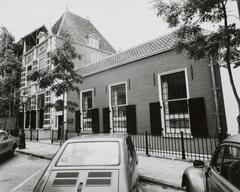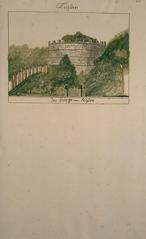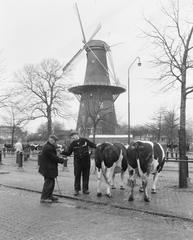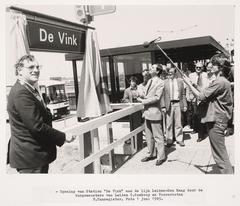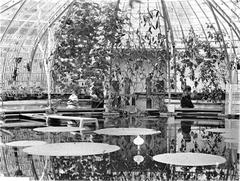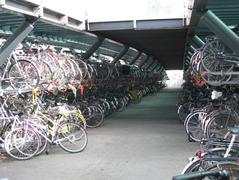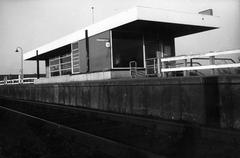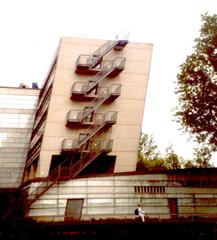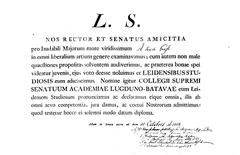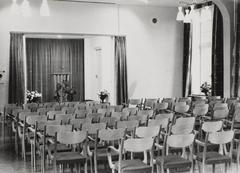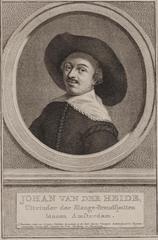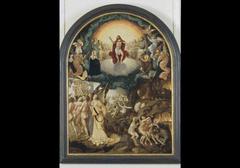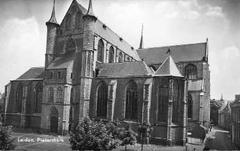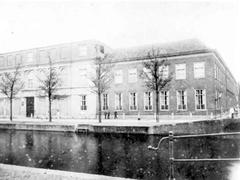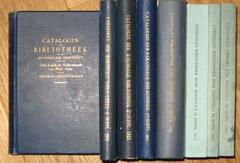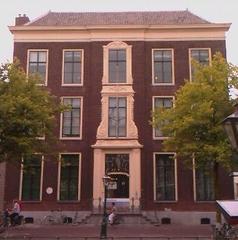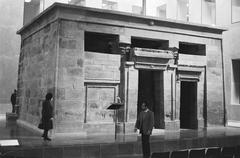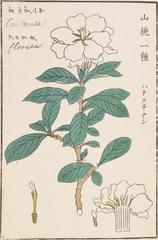Wijnbrug Leiden: Visiting Hours, Tickets, and Historical Sites Guide
Date: 04/07/2025
Introduction
Nestled in the heart of Leiden, the Wijnbrug stands as an enduring symbol of the city’s rich history, architectural ingenuity, and vibrant urban culture. This guide provides a comprehensive overview of the Wijnbrug, covering its historical evolution, visiting information, accessibility, nearby attractions, and practical travel tips. Whether you are a history enthusiast, a photographer, or a traveler seeking authentic Dutch experiences, this article will help you make the most of your visit to one of Leiden’s most remarkable landmarks.
Table of Contents
- Historical Overview of Wijnbrug
- Wijnbrug’s Role in Leiden’s Urban Fabric
- Visiting Information and Practical Tips
- Nearby Attractions and Things to Do
- Cultural Significance and Events
- FAQs: Wijnbrug Visiting Information
- Conclusion
- References
Historical Overview of Wijnbrug
Origins and Early Development
The Wijnbrug, or “Wine Bridge,” is rooted in Leiden’s medieval expansion and commercial prosperity. References to the bridge date back to the late Middle Ages, when it played a crucial role in connecting neighborhoods and supporting bustling market activity (Dutch Wannabe). The bridge owes its name to the wine trade that flourished along its banks, with quays used for offloading French and German wine, positioning it as a focal point for merchants.
Architectural Evolution
The original Wijnbrug was constructed from timber, typical of Dutch bridges in the medieval period, and strategically situated to link key market areas. As Leiden’s economy grew in the 17th century, the city invested in more durable infrastructure, replacing many wooden bridges with brick and stone structures (ThoughtCo). The Wijnbrug’s current masonry arch design, dating from 1659, features low arches, parapets, and decorative stonework, harmonizing with the surrounding historic canal houses (Wikipedia - Wijnbrug). In 1662, an iron railing was added for safety and decoration, and the bridge was later designated as a rijksmonument (national heritage site) in 1968.
Restorations over the centuries have preserved its original character while adapting to contemporary needs, most notably in 1983. Today, Wijnbrug is not only a functional crossing but also a protected historic monument, seamlessly blending past and present.
Wijnbrug’s Role in Leiden’s Urban Fabric
Wijnbrug plays a pivotal role in connecting Leiden’s historic neighborhoods and commercial zones. Spanning the Zuidsingel canal, it links Herengracht and Kalvermarkt, facilitating pedestrian, cyclist, and light vehicular movement (Wikipedia - Wijnbrug). This connectivity exemplifies Leiden’s urban design, characterized by a dense network of over 80 bridges that enhance the city’s accessibility and charm (Holland Times - Leiden City of Culture).
The bridge is also integrated into the city’s public green spaces, notably the Singelpark, offering scenic views and a tranquil spot for relaxation (The Tourist Checklist - Things to Do in Leiden). Wijnbrug’s enduring presence anchors Leiden’s architectural and cultural continuity.
Visiting Information and Practical Tips
Visiting Hours and Tickets
- Visiting Hours: Wijnbrug is a public bridge accessible 24/7. There are no restrictions on visiting times, but daylight hours are recommended for safety and the best views.
- Tickets: No tickets or entry fees are required. The bridge is open to all visitors, making it a budget-friendly highlight of Leiden (Visit Leiden).
Accessibility
- The bridge features smooth masonry surfaces and railings, suitable for pedestrians, cyclists, wheelchairs, and strollers.
- Please note that some adjacent streets (especially around Kalvermarkt and Herengracht) have cobblestones, which may be uneven for those with mobility challenges.
Getting There
- By Train: Leiden Central Station is a 10-minute walk from Wijnbrug.
- By Bicycle: Leiden is bike-friendly, with bike rental shops and dedicated parking nearby.
- By Car: Several parking garages, such as Lammermarkt and Morspoort, serve the city center; on-foot exploration is recommended due to limited vehicle access (Visit Leiden).
- Tourist Info: The VVV Tourist Office (Stationsweg 26) provides maps, walking routes, and local tips.
Best Times to Visit
- Spring (April–May): Enjoy tulip season and blooming parks.
- Summer (June–August): Experience festivals and a lively city atmosphere.
- Autumn (September–October): Fewer crowds and pleasant weather.
- Winter (December–February): Festive lights and a quieter charm; dress warmly.
Nearby Attractions and Things to Do
Within walking distance of Wijnbrug, visitors can explore:
- Koornbrug (Corn Bridge): Notable for its neoclassical roof (Holland Beyond).
- Pieterskerk: The city’s oldest church, rich in Gothic architecture (Tourist Places Guide).
- Molen de Valk: A working windmill and museum with panoramic views (STR Specialist).
- Hortus Botanicus: The Netherlands’ oldest botanical garden (Dutch Review).
- Canal Tours: Departing from docks near Wijnbrug, offering unique perspectives on the city’s architecture (Leidse Rederij).
The area also boasts an array of cafes, restaurants, and shops, especially along Kalvermarkt and Herengracht.
Cultural Significance and Events
Wijnbrug is more than just a crossing—it is a vibrant community space and cultural symbol of Leiden’s resilience and communal spirit. Its covered arcade historically sheltered merchants and their wares, reflecting the city’s mercantile past (townsofeurope.com). Today, it serves as a gathering place for locals and visitors, especially during city festivals such as Leidens Ontzet (October 3rd), which celebrates the 1574 lifting of the Spanish siege, and the summer Peurbakkentocht boat parade (explorecity.life).
FAQs: Wijnbrug Visiting Information
Q: What are the visiting hours for Wijnbrug?
A: Wijnbrug is accessible 24/7 as a public bridge.
Q: Is there an entrance fee or ticket required?
A: No, visiting Wijnbrug is free.
Q: Is Wijnbrug accessible for people with disabilities?
A: Yes, though nearby cobblestone streets may require extra caution.
Q: Are guided tours available?
A: Wijnbrug is included in many Leiden walking and canal tours. Maps and guides are available at the VVV Tourist Office.
Q: What are the best times for photography?
A: Early morning and late afternoon (“golden hour”) offer the best lighting and fewer crowds.
Conclusion
Wijnbrug is a living testament to Leiden’s historical resilience, architectural legacy, and vibrant community life. Its elegant design, storied past, and central location make it an essential stop for any visitor. Freely accessible and surrounded by key attractions, Wijnbrug invites you to explore Leiden’s rich urban fabric—whether enjoying a canal-side stroll, participating in city festivals, or capturing iconic Dutch vistas.
For the latest visitor information, guided tours, and event updates, consult the Leiden Tourism Office and consider enhancing your experience with the Audiala app. Embrace the charm and history of Wijnbrug and discover why it remains a beloved landmark in one of the Netherlands’ most picturesque cities.
References
- Dutch Wannabe
- Wikipedia - Wijnbrug
- Visit Leiden
- Towns of Europe - Leiden Architecture
- Holland Times - Leiden City of Culture
- ExploreCity.life
- Holland Beyond - Leiden
- Tourist Places Guide - Leiden Attractions
- STR Specialist
- Leidse Rederij
- The Tourist Checklist - Things to Do in Leiden
- Dutch Review
- Holland.com
- Kreo - What is Urban Fabric
